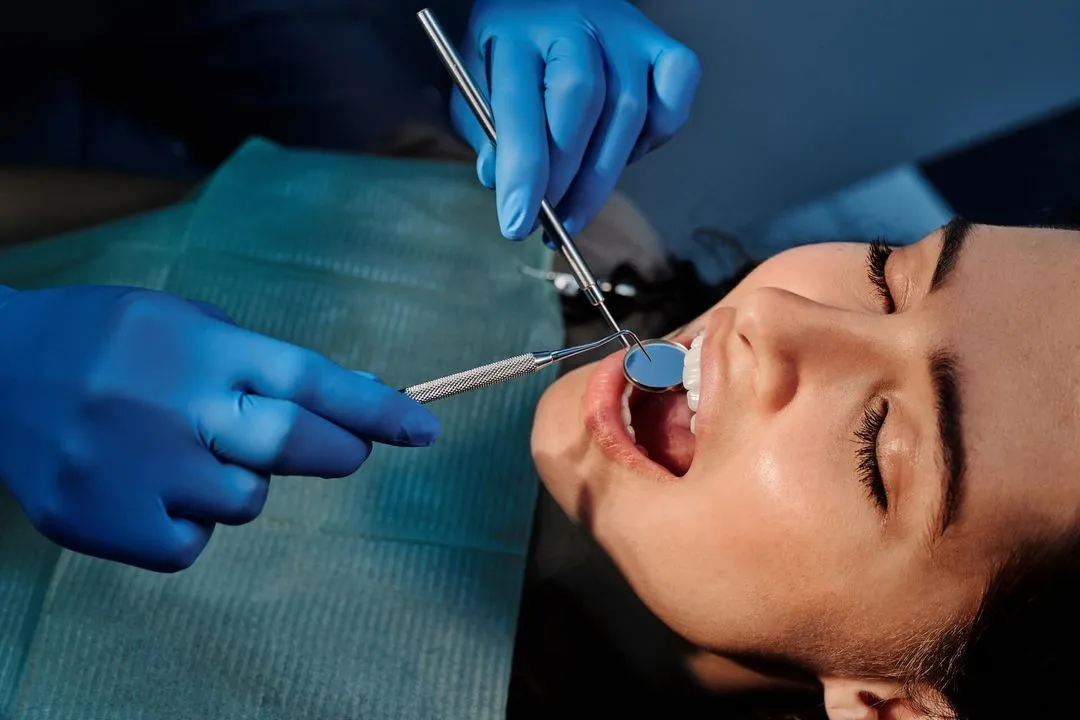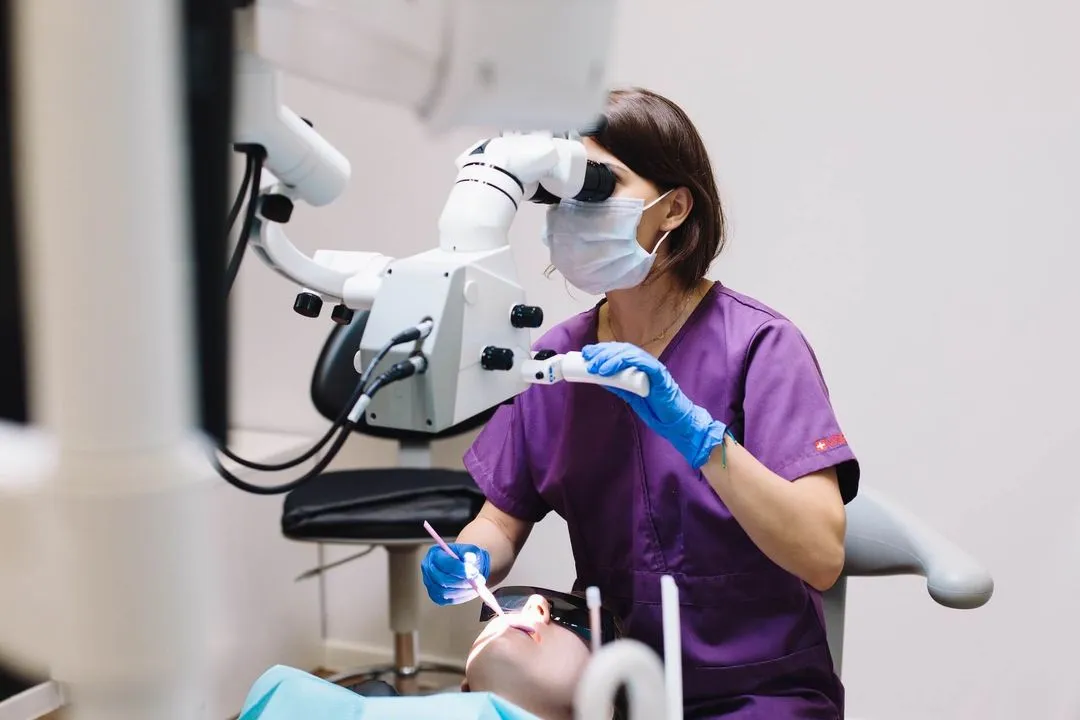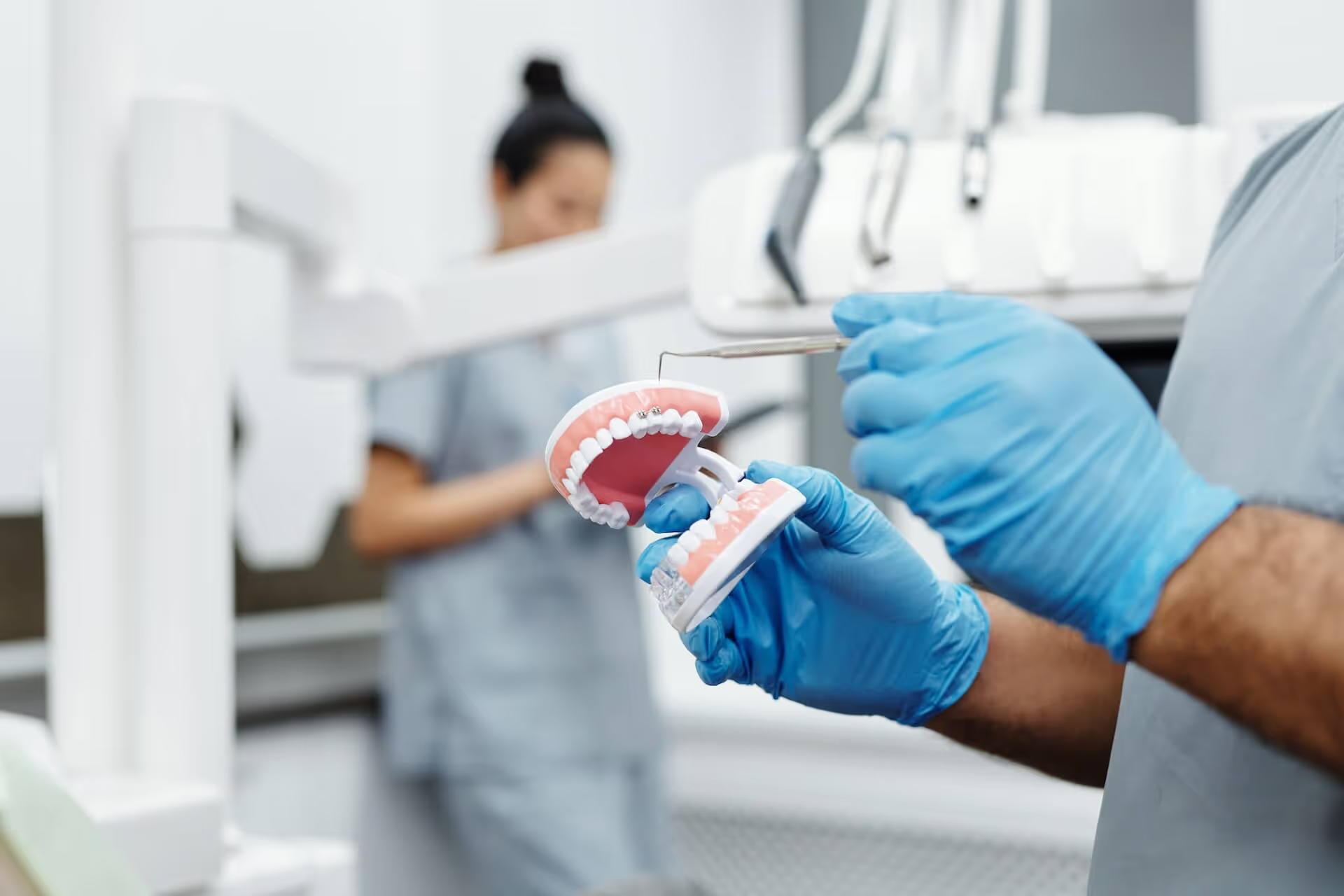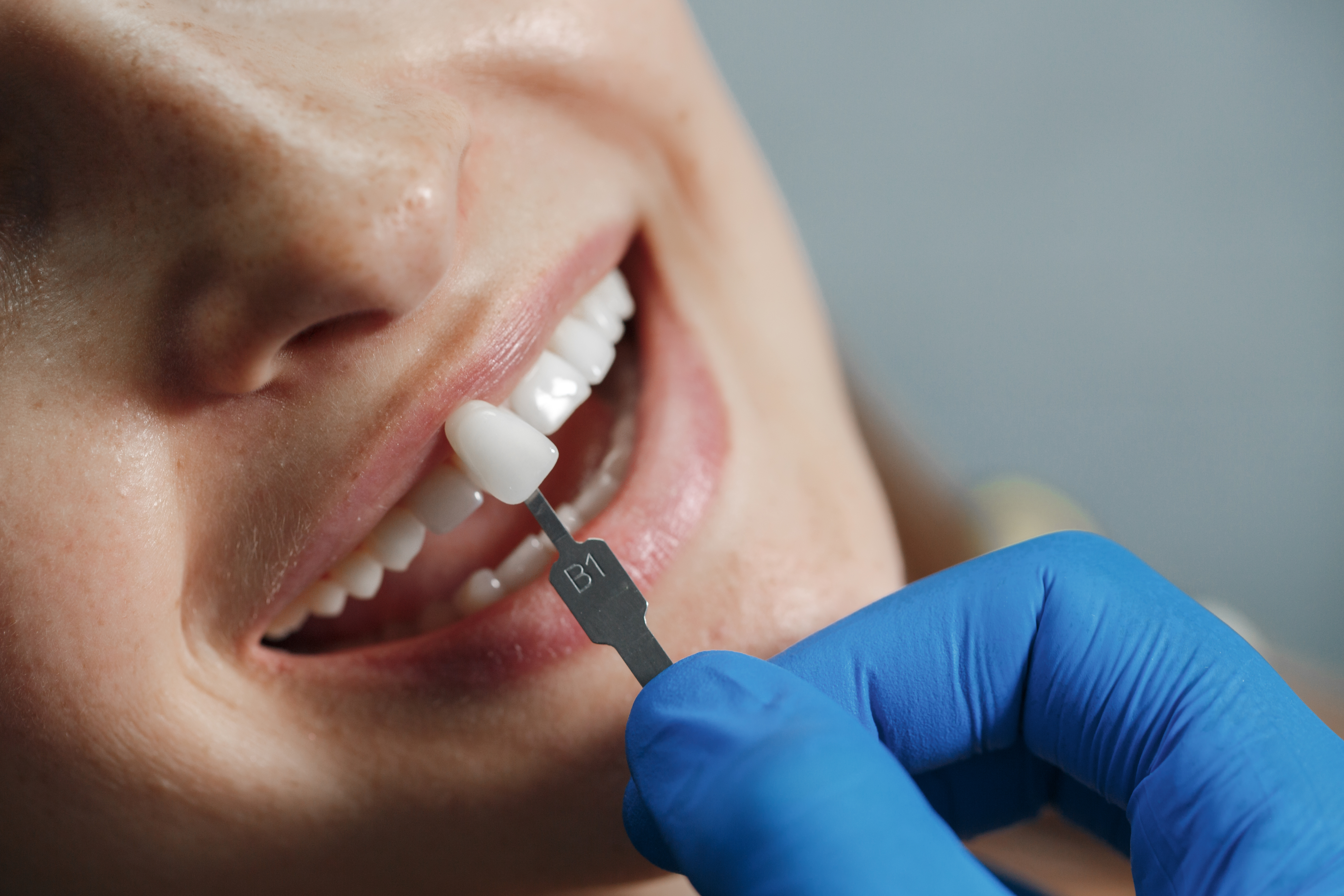Dental veneers are mainly used for cosmetic purposes, to improve the shape, size and colour of patie...

Dental veneers are mainly used for cosmetic purposes, to improve the shape, size and colour of patients teeth. We can classify dental veneers as laminate veneers and full veneers. Full veneer in other words dental crown; a porcelain “crown” covering all surfaces of the tooth. Laminate veneer, on the other hand, is a thin layer that covers only the facial surface of the tooth and is generally used for aesthetic purposes. These typically have better performance and aesthetics and are less plaque retentive. In this article we will answer frequently asked questions about laminate veneers, and you can find also detailed information about dental crown from this article.
Laminate veneers are very thin and are bonded on the front of your natural front teeth. Laminate veneers are also called dental veneers. Dental veneers are about 0.3-0.5 mm in thickness and are very strong with a life-like appearance. Since they are very thin, Laminate veneers are considered one of the most conservative cosmetic treatments available. Most of the time, very little or no tooth structure is removed before placing dental veneers. Because they are highly durable yet thin, very little tooth structure is taken away which leaves the procedure almost stress-free for the patient.
During the first appointment, the tooth is contoured and a precise impression is taken of the tooth. The impression is then sent to our in-house lab to be processed. Manufactured in our own laboratory, veneers are tailored for each patient, providing a white and natural perfect smile. The finished veneer is then cemented onto the tooth. Any adjustments are then made. The entire process takes an average of 6 days.
Dental Veneers VS Dental Crowns- What’s the Difference?
Dental veneer is a very thin layer of porcelain about 0.5 millimeter (mm) in thickness, that’s bonded to the front of your existing tooth. Veneers are used mainly for cosmetic enhancement. Dental crownis about 1.5 mm in thickness and covers the whole tooth. If you have lost 50%-60% of your tooth structure because of decay, trauma or other reasons, we choose the crowns for your treatment. As we know that the enamel is the strongest matter in the body, and we know that once this enamel is damaged or lost, it means that the remaining part is the most breakable part of the tooth. A crown replaces all of the lost enamel. So, it is like replacing the tooth itself.










